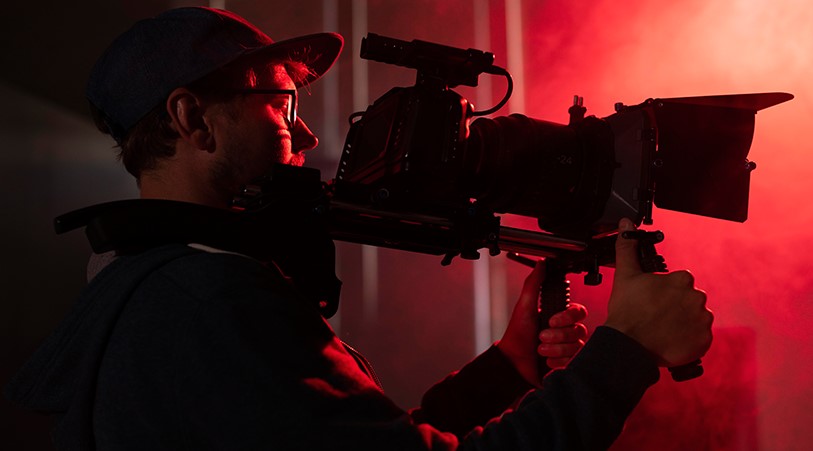In this guide, we’ll delve into the intricacies of writing a short horror film, providing insights and techniques to infuse terror into your narrative and create an unforgettable cinematic experience.
1. Establish a Gripping Premise
A successful horror film begins with a gripping premise that sets the stage for fear. Whether it’s a haunted house, a supernatural entity, or an unexplained phenomenon, establish a premise that immediately captivates the audience’s imagination and sets the tone for the horror that will unfold.
2. Build Tension from the Start
Tension is the lifeblood of horror, and it should be present from the very beginning. Establish an atmosphere of unease in the opening scenes, using subtle cues, eerie visuals, or unsettling sounds. The audience should feel a growing sense of dread as the narrative unfolds.
3. Develop Complex Characters
Invest time in developing characters with depth and relatability. Strong character development enhances the audience’s emotional engagement and intensifies the impact of horror. Allow viewers to connect with the characters so that their fear becomes the audience’s fear.
4. Explore Fear of the Unknown
One of the most potent elements in horror is the fear of the unknown. Keep certain aspects of your narrative shrouded in mystery, allowing the audience’s imagination to fill in the blanks. Ambiguity and uncertainty amplify the sense of dread and unease.
5. Utilize Atmospheric Settings
Choose settings that enhance the atmosphere of your horror film. Whether it’s a desolate forest, a haunted mansion, or an abandoned asylum, the environment should contribute to the overall sense of fear. Utilize lighting, sound, and cinematography to create a haunting visual experience.
6. Master the Art of Pacing
Pacing is crucial in horror storytelling. Build tension gradually, allowing the suspense to mount before delivering the scares. Well-timed pacing can create a rollercoaster of emotions, with moments of calm building to intense, heart-pounding sequences.
7. Incorporate Psychological Horror
Delve into the realm of psychological horror to tap into deep-seated fears and anxieties. Explore themes of paranoia, isolation, or the breakdown of reality. Engage the audience’s psyche by crafting scenarios that leave a lingering sense of unease.
8. Use Sound to Heighten Fear
Sound is a powerful tool in horror filmmaking. Utilize atmospheric soundscapes, unsettling music, and well-timed silence to heighten fear. A creaking floorboard, a distant whisper, or a sudden jolt of sound can be as terrifying as the visuals on screen.
9. Craft Unexpected Twists
Surprise your audience with unexpected twists and turns in the narrative. Subvert traditional horror tropes and defy expectations to keep viewers on the edge of their seats. A well-executed twist can elevate the horror experience and leave a lasting impression.
10. Resonate with a Haunting Conclusion
The conclusion of your short horror film should resonate with a haunting impact. Whether it’s an open-ended finale that leaves room for interpretation or a chilling revelation, ensure that the conclusion lingers in the minds of the audience long after the credits roll.
Summary
Writing a short horror film is a delicate dance between psychological manipulation and the art of suspense. By establishing a gripping premise, building tension from the start, and incorporating atmospheric settings, you can create a narrative that immerses audiences in a world of fear. Delve into the psychology of horror, use sound to heighten fear, and craft unexpected twists to keep viewers on the edge of their seats.
As you embark on the journey of crafting bone-chilling horror, remember that the most effective scares often stem from the depths of the unknown and the shadows of the human psyche. Let the fear linger, and your short horror film will leave an indelible mark on the hearts and nightmares of your audience.


